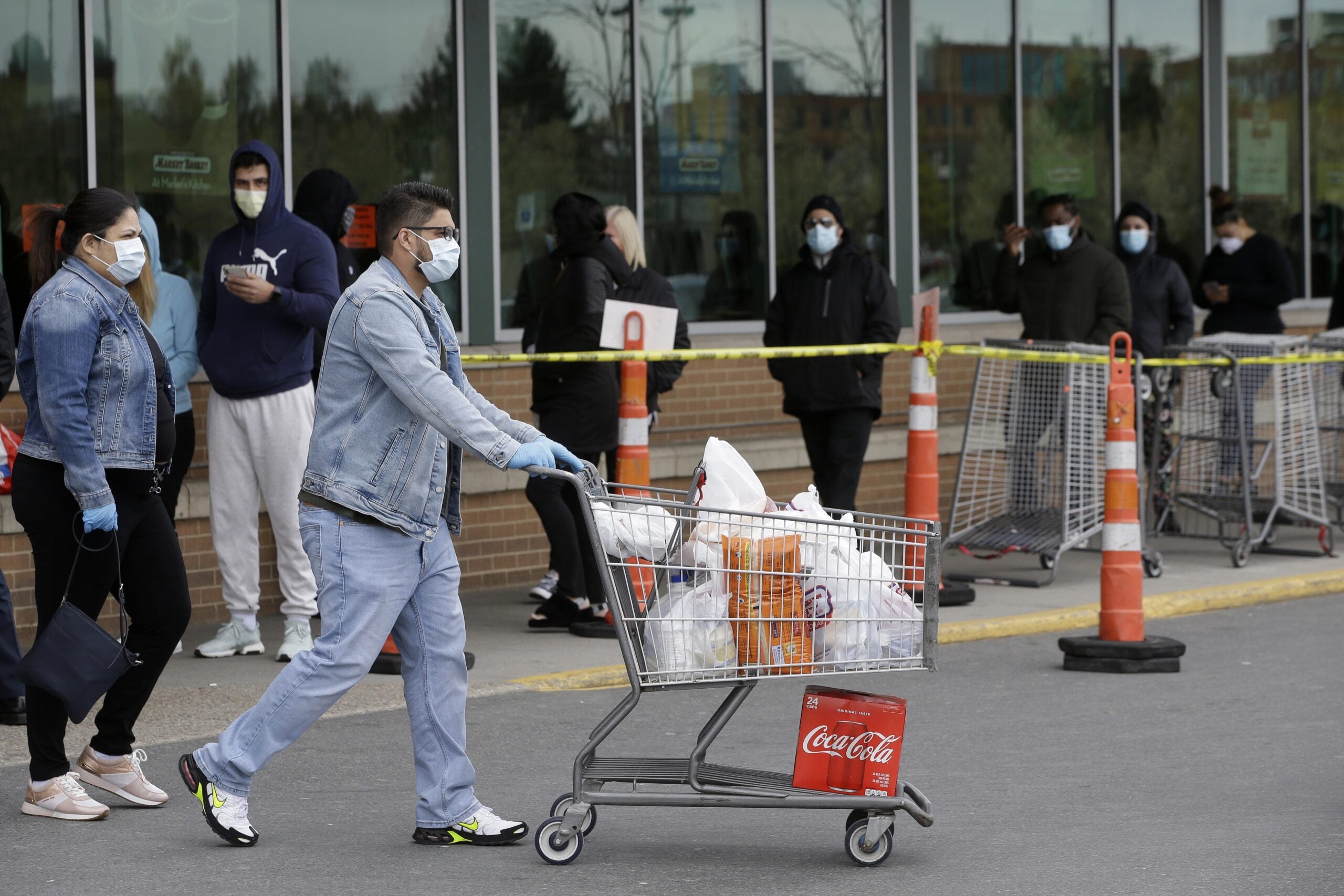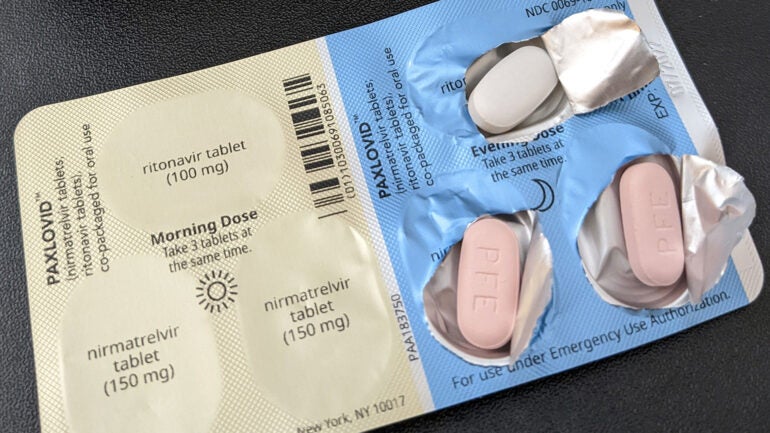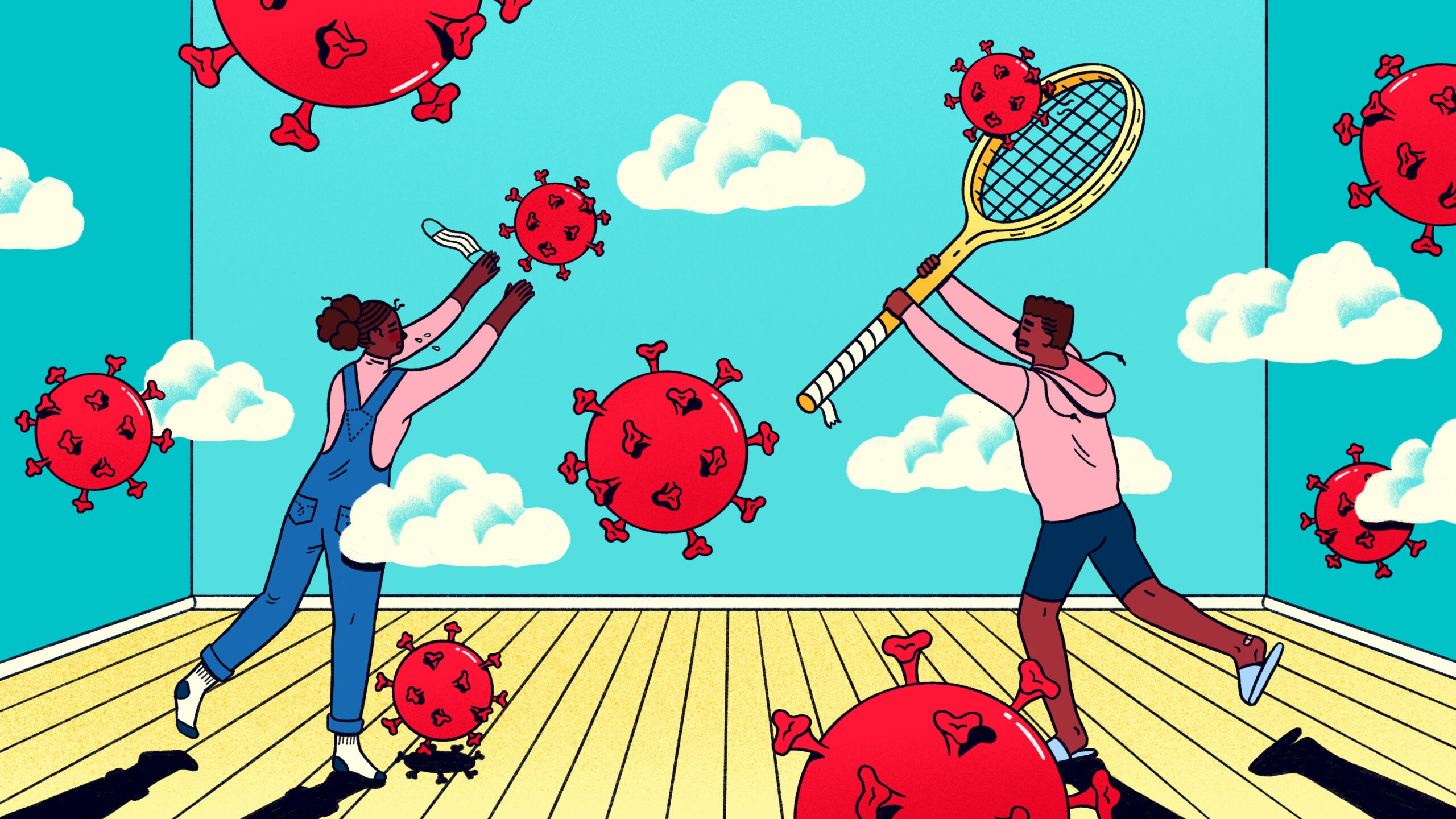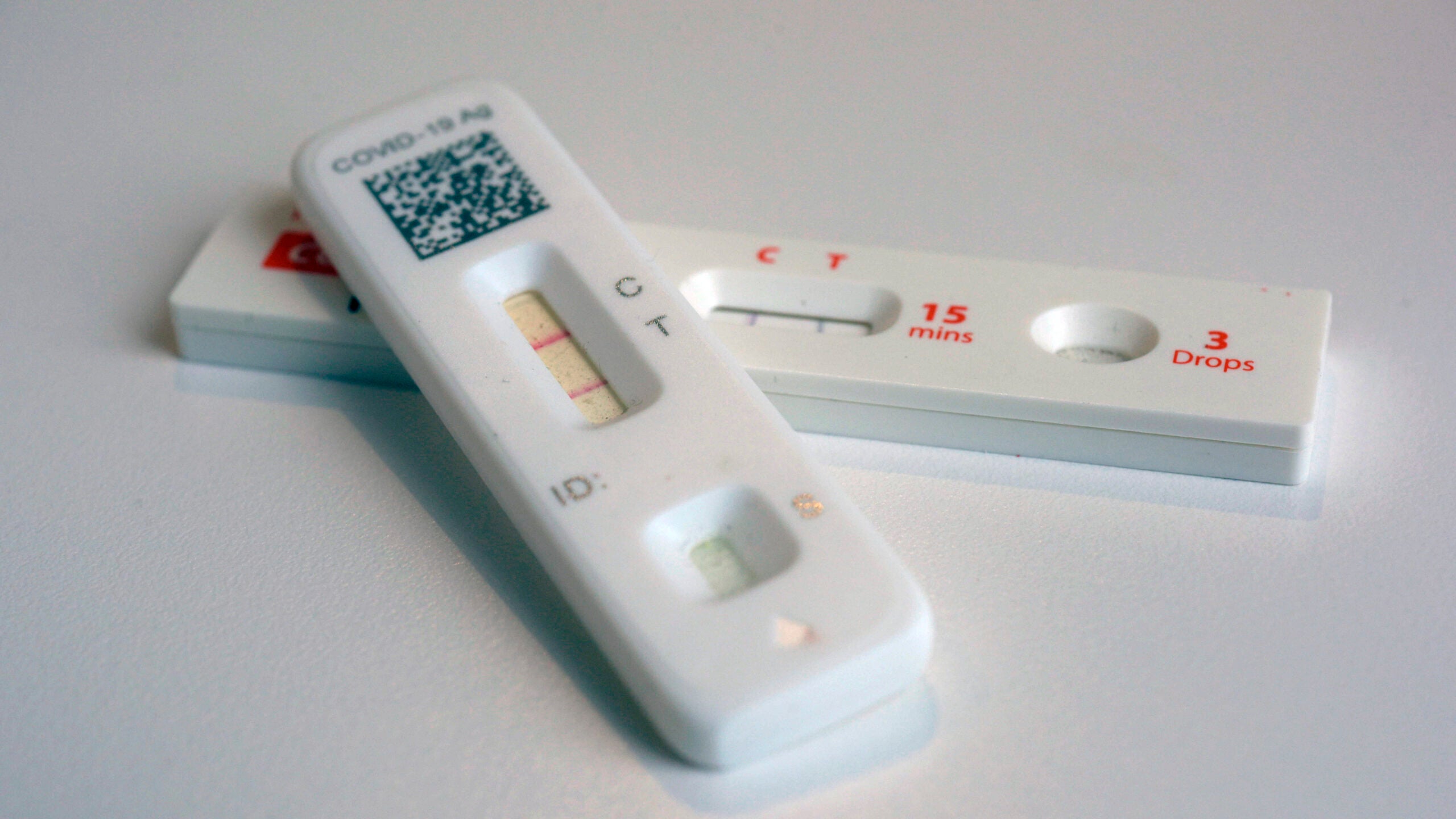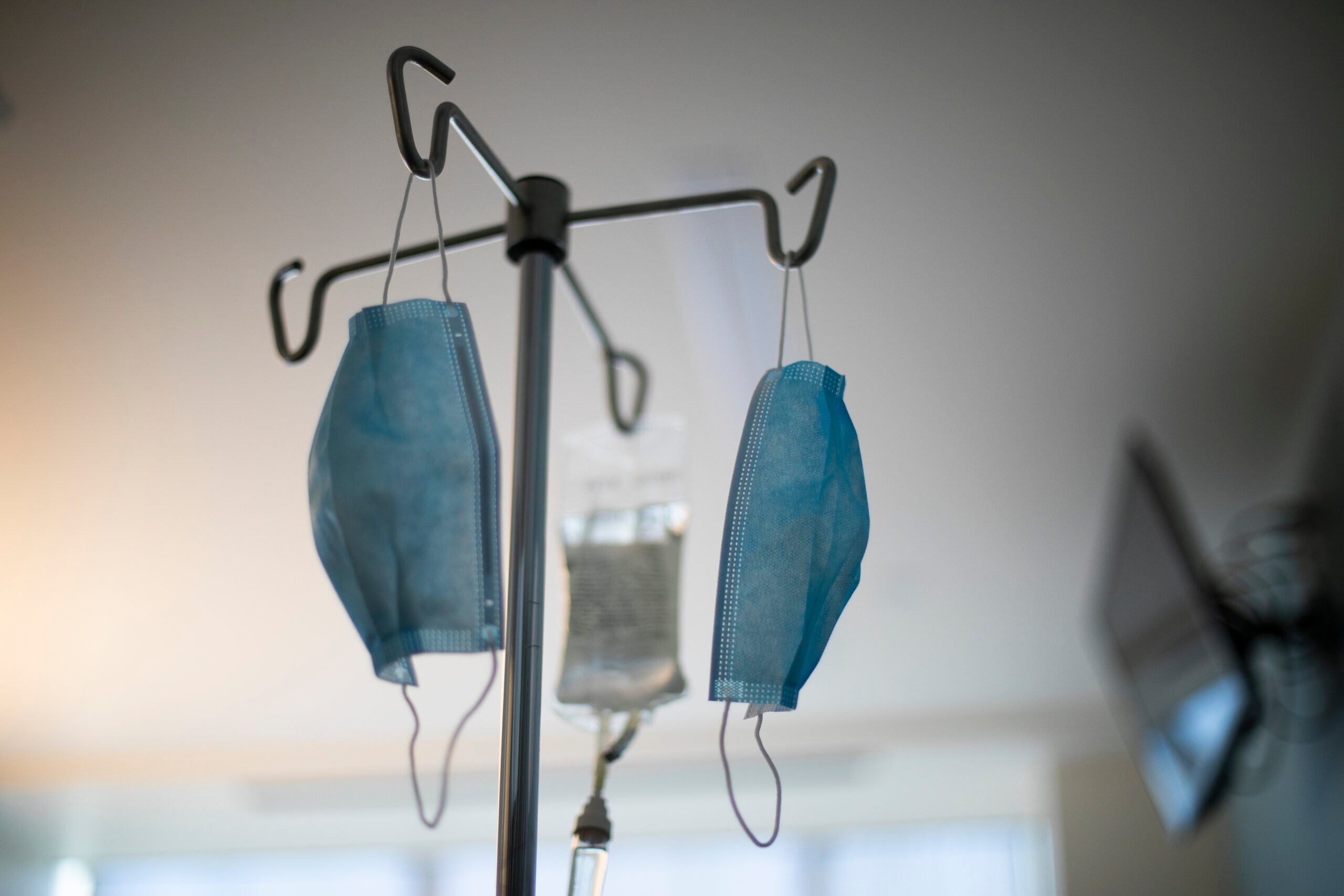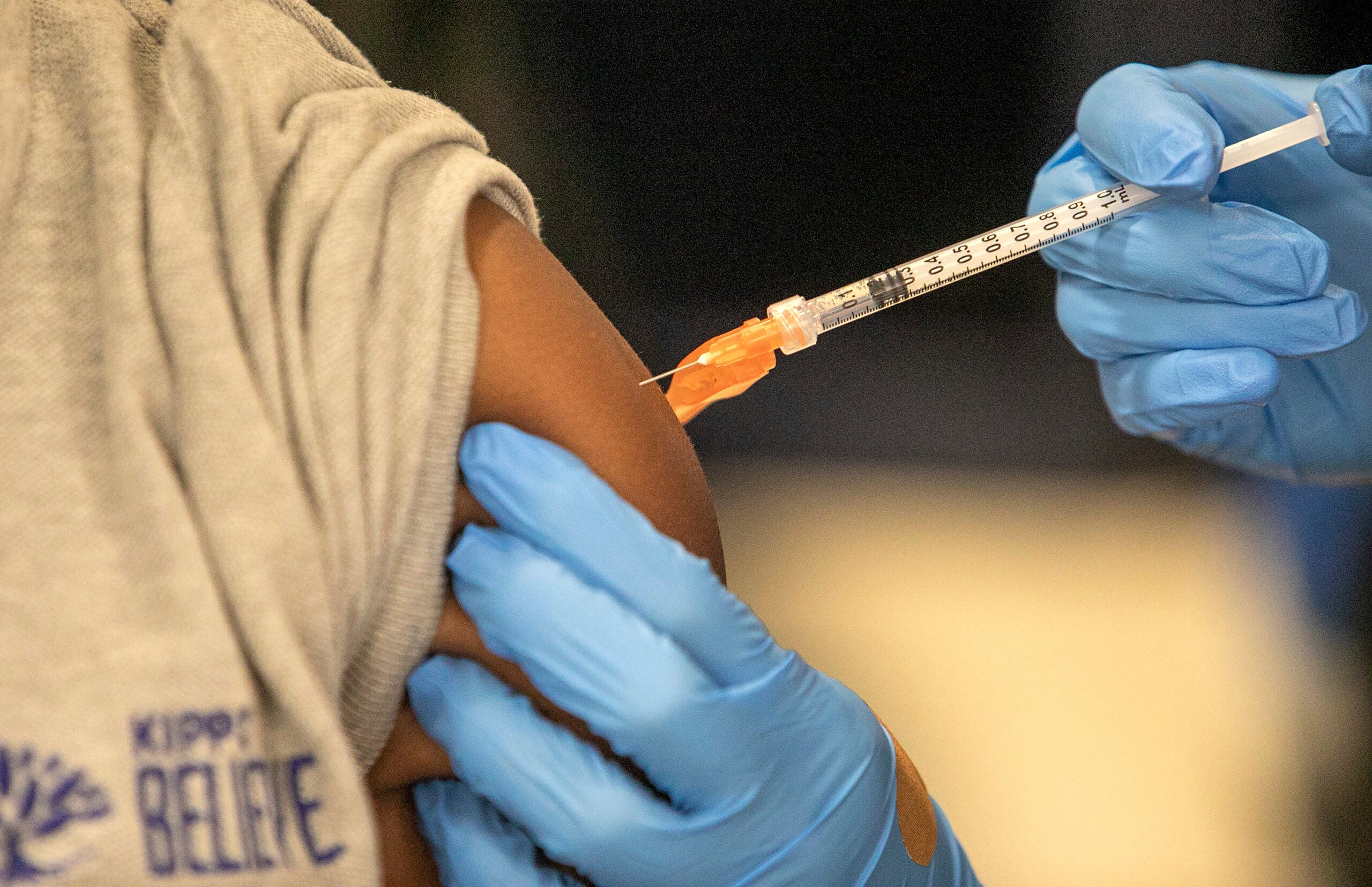I have received lots and lots of questions concerning COVID-19. It’s clearly on all of our minds.
I’ve addressed several coronavirus issues in recent columns, but there’s always more to learn about this pandemic. So let’s take a look at what we know and separate fact from fiction.
Fiction: People of color and Hispanics can’t get COVID-19.
Stay informed on the latest news
Sign up for WPR’s email newsletter.
Fact: As anyone who’s been paying attention to the news will note, this is exactly the opposite. People of color are disproportionately dying from COVID-19, and one of the most glaring examples is happening right in Milwaukee.
There are many factors out there that appear to be playing a role — pre-existing conditions, lack of access to health care, health literacy levels, poverty. I could go on and on.
Distrust of the medical establishment because of the Tuskegee experiment remains deeply felt, and rightly so, within the African-American community. You may not know about the Tuskegee study involving syphilis. Starting in 1932 and continuing for decades, it’s a hideous example of science and racism gone awry. Read about it.
Another factor these days is truly “fake news.” An early rumor that went viral indicated people of color were immune from COVID-19. This is a perfect example about how bad misinformation can be. It’s not just a case of “no harm, no foul,” because misinformation can mean harm, harm, harm.
Unfortunately, the battle for good information is difficult, especially considering where much of the bad information originates. That’s why I suggest going to Johns Hopkins, Mayo Clinic, the New York Times, the Wall Street Journal, the Wisconsin State Journal, Wisconsin Public Radio, NPR and PBS.
You need to “sift and winnow” to find the real truth — there’s lots of junk out there.
Fiction: If I wear a mask, it will protect me from COVID-19.
Fact: Perhaps it will, but let’s get to the skinny. The Centers for Disease Control and Prevention changed its mind about masks for several reasons.
First off, if you have COVID-19 but don’t know it — because the virus spreads several days before you get symptoms, and many people never develop symptoms at all — wearing a mask can help to keep it from spreading.
Now, if it’s an N95 mask, the kind medical professionals use and are specially fitted for you, then it will work fairly well for prevention. As for other masks, made of cloth or thin paper, when you breathe, you push air along the sides of the masks, around the cheeks and above the eyes. When you breathe in, your intake also comes through those same areas. It cuts droplets down, but not down anywhere near zero.
So social distancing is still your — and my — best bet. And remember: When you put on your mask, wash your hands. When you take it off, wash your hands or use hand sanitizer.
By the way, a quick and easy way to make hand sanitizer is to use equal parts of 100 percent grain alcohol mixed with equal parts of cheap vodka. (Everclear is a favorite grain alcohol of college kids when making punch — and, let me tell you, I remember well the punch it gave me!)
This mix will make a 70 percent solution. It won’t be as nice and smooth as the commercial stuff, which has aloe or glycerol added, but most of us, including me, can’t find that stuff now anyway.
Fiction: Quinine, zinc, the influenza drug Tamiflu and the antibiotic Zithromax will prevent in me getting COVID-19.
Fact: I wish that were true. I also wish the hydroxyquinoline touted as a preventative were true, too. But wishing doesn’t make it work.
Fiction: The virus was invented in a Chinese lab and got loose.
Fact: Yes, the virus first appeared in China, but it jumped from an animal source in a market where live animals are sold.
More than 40 years ago, my wife, Penelope, and I spent a year traveling around southeast Asia, India and Nepal. In Calcutta, we visited an old roommate who had done his post-doctorate work in Madison.
He asked us if we wanted chicken that night, and we said sure. So Kal and I went to the market and he picked out a chicken, which was then taken into the back room and butchered.
This was a live market. In places where there is little refrigeration, this is a common way that meat, poultry and animals are slaughtered for food. Other markets exist where exotic animals are taken for pets.
The theory is that at one of these markets, the virus jumped from an animal to a human, adapted to our genome and off it went — pandemic.
The fear is that the virus might find a reservoir in animals. A tiger at New York’s Bronx Zoo recently tested positive for COVID-19. Time will tell if this is an anomaly or not.
My spin: Keep looking for the facts and the most updated coronavirus information. Stay distanced, stay safe and stay well.
Wisconsin Public Radio, © Copyright 2024, Board of Regents of the University of Wisconsin System and Wisconsin Educational Communications Board.

